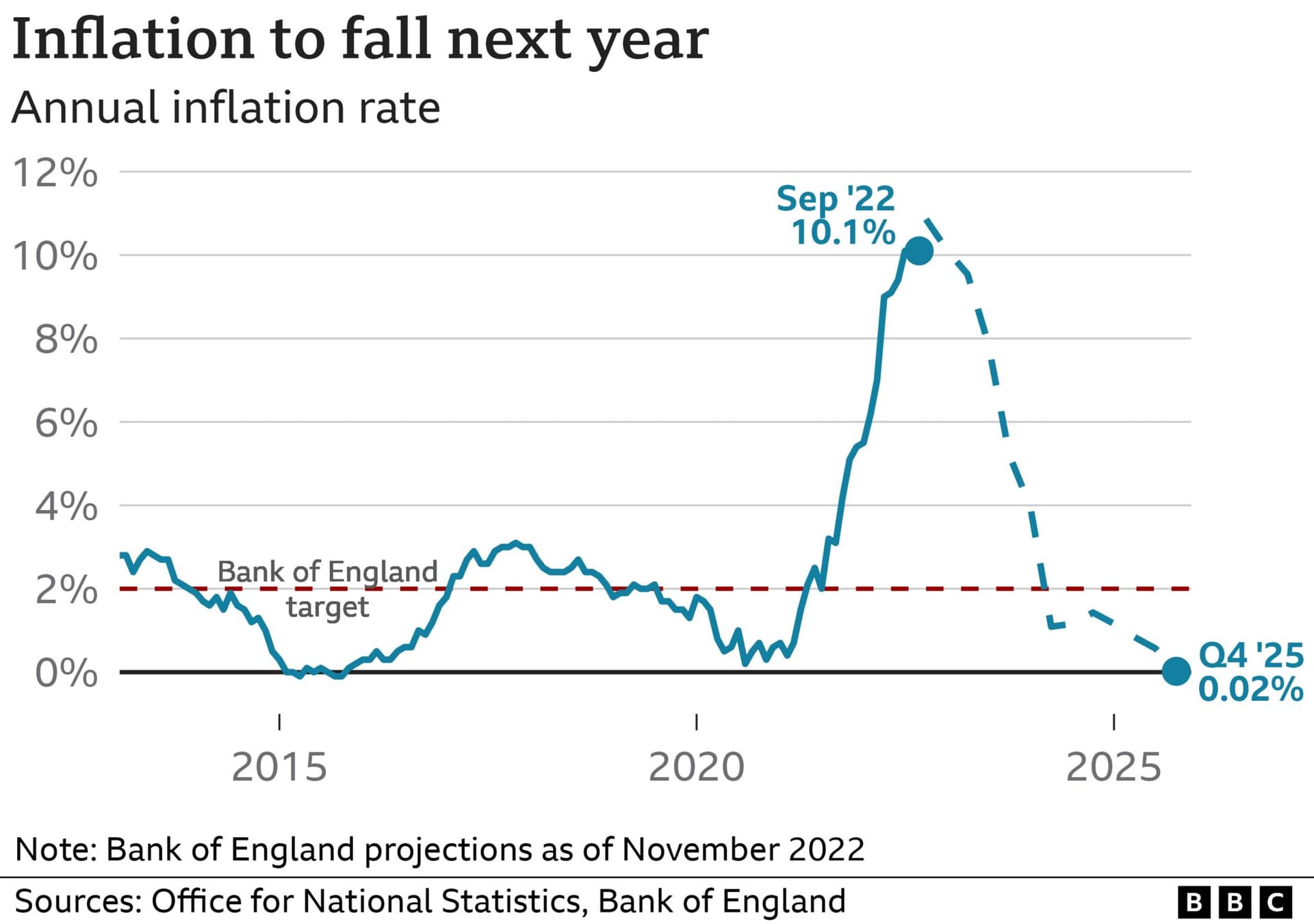Amtrak Posts Record Ridership, Narrows Losses, Seeks Profit By 2028
Amtrak recorded 34.5 million trips in the 12 months ended September 30, hitting yearly highs for ridership and revenue while cutting losses by about 15 percent to roughly $598 million. The results strengthen management's push to reach operational profitability by 2028 even as the railroad confronts costly capital projects and political pressure over leadership and funding.

Amtrak reported on November 18 that ridership and revenue reached yearly highs, with 34.5 million trips in the 12 months ended September 30, and that operating losses narrowed by about 15 percent to approximately $598 million. Company officials attributed the improvement to stronger travel demand, the introduction of higher capacity Acela cars, and an expansion of service across several routes.
The reduced loss figure implies a drop from roughly $703 million the prior year, and equates to about $17.34 in operating losses per trip under the reported figures. Management said it aims to achieve operational profitability by 2028, a target that would mean covering day to day operating costs through fares and ancillary revenue while capital spending on long term infrastructure continues to rely on federal and state support.
The financial progress comes amid intense scrutiny from Washington. The White House had in recent months pressed for leadership changes at Amtrak, highlighting tensions over governance and the pace of reform. Those political dynamics matter because Amtrak's path to sustained profitability depends on predictable funding for major projects as well as flexibility to adjust service levels, fares and costs.
Large scale upgrades on the Northeast Corridor remain a central constraint. The corridor carries the nation s highest density of rail traffic and requires extensive modernization of tracks, signals and stations. Those projects are capital intensive and will keep Amtrak drawing on federal grants, borrower markets and state partnerships even as operating statements improve. The company has indicated that its profitability target excludes the sizable investments required to rehabilitate the network s aging infrastructure.
For markets and policymakers, the results signal a partial decoupling of operating performance from capital needs. Narrower operating losses reduce near term pressure on the federal budget and may temper calls for immediate emergency funding. At the same time, continued capital spending will sustain demand for public sector financing and could influence borrowing and grant allocations in Congress and among state transportation agencies.
Long term trends underpin the story. The rebound in rail travel reflects persistent demand for intercity and regional mobility, and growing interest in alternatives to air and car travel in densely populated corridors. Investments in higher capacity equipment appear to be translating into measurable gains in passenger volumes. Achieving operational profitability will require Amtrak to sustain revenue growth while controlling operating expenses, a task complicated by rising labor and energy costs across the transport sector.
The next two years will be critical. If Amtrak can convert the current ridership uptick into stable revenue growth and continue to trim operating losses, it will strengthen its case for a business model that relies less on annual operating subsidies. If capital needs or political disputes interrupt investment flows, however, the company s longer term financial objectives may prove harder to meet.


%3Amax_bytes(150000)%3Astrip_icc()%2FGettyImages-2184732381-bf69c62d628842e29b72bd5917851542.jpg&w=1920&q=75)